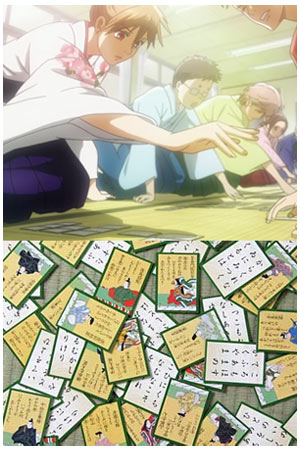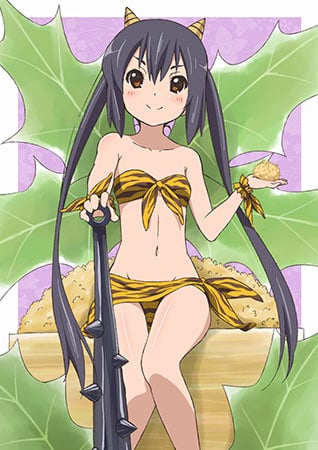The Japanese are masters when it comes to committing information to memory, like the man who memorized pi to 100,000 decimal places by using mnemonic hooks that made it easier for his brain to visualize each successive number. My wife regularly amazes me by being able to call up archaic information from her mind, such as the square root of 5 or the first two dozen or so elements in the periodic table, which she’s able to do thanks to phrases all Japanese memorize in school. For example, the square root of 5 is 2.2360679 which maps out somehow to 富士山麓にオウム鳴く Fuji-sanroku ni ohmu naku, or “at the base of Mt. Fuji, a parrot squawks.” Another fun information memorization tool is a 500-year-old game called Karuta (from the Portuguese word for “card”) in which players will line up cards with phrases on them, and when a “reader” starts to speak that phrase the players will try to grab the corresponding card before anyone else. It’s used to teach hiragana to small children, though you can teach just about any information using the game — my kids learned the vocabulary of music notation using a version called Musical Karuta, for example. The most famous Karuta game is 百人一首 Hyakunin Isshu (“100 people, 100 poems”), a collection of waka poems based on historical figures from the Heian Period (794-1185) making it something like Chaucer’s Canterbury Tales, but there’s a local version for J-List’s home prefecture of Gunma called Joumou Karuta, which teaches respect for the various cultural treasures of our prefecture. Before switching to computer games, Nintendo manufactured these cards, and until 1963 they were known as the Nintendo Karuta Corporation.

Karuta, a game for learning hiragana and culture.















